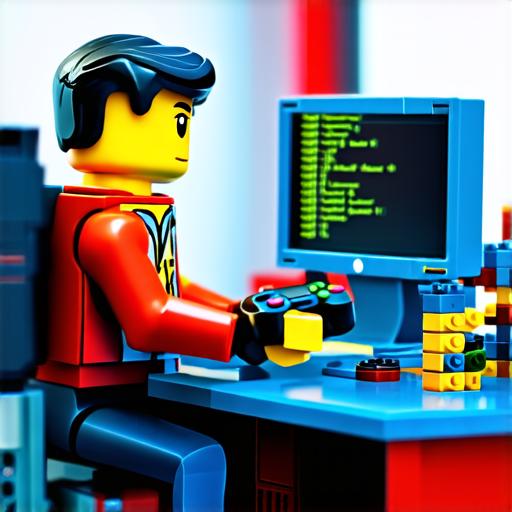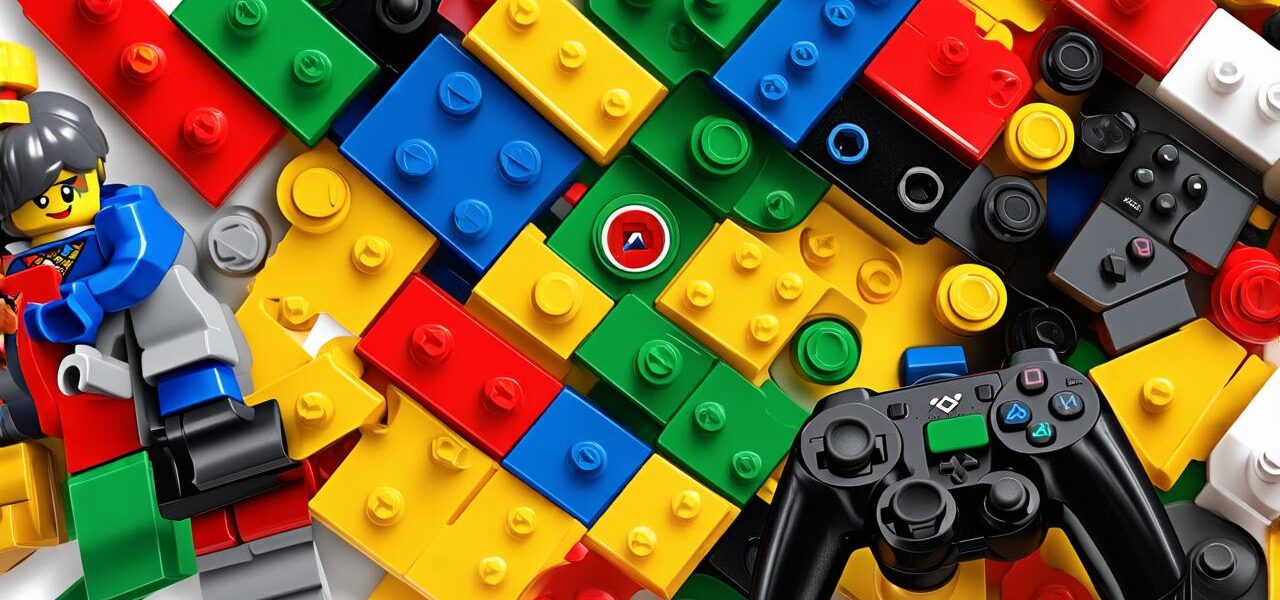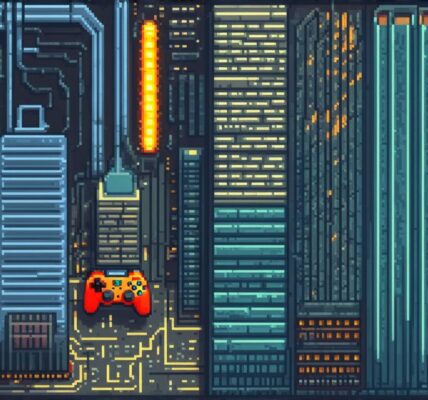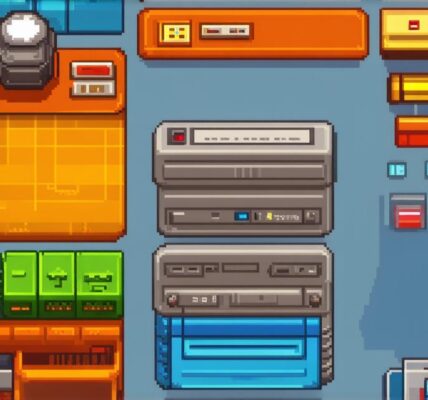Lego video games have been popular for decades, and with good reason. They offer a unique blend of creativity, building skills, and strategy that appeals to people of all ages.
Step 1: Define Your Game Concept
The first step in creating any video game is defining your concept. What kind of Lego-based game do you want to make? Do you want to create a puzzle game, a building simulation, or something else entirely? It’s important to have a clear idea of what you want to achieve before you start designing and developing your game.
One way to get started is by brainstorming ideas with your team. Encourage everyone to share their thoughts and come up with as many different concepts as possible. From there, you can narrow down your options and choose the one that best fits your goals and interests.
Step 2: Create a Prototype
Once you have a concept in mind, it’s time to create a prototype. This is essentially a basic version of your game that you can use to test out ideas and get feedback from potential players. A prototype doesn’t have to be perfect – in fact, it shouldn’t be. The goal is to get something out there that you can build on and refine as you go.
To create a prototype, start by defining the rules and mechanics of your game. What will players do? How will they win or lose? What kind of building elements will be available? Once you have a good understanding of these basics, you can start creating your prototype using Lego bricks and other materials.
Step 3: Test and Refine Your Game
Once you have a prototype, it’s time to test it out with real players. This will help you identify any issues or areas for improvement in your game. You can do this by running playtesting sessions with friends, family, or even strangers if you’re feeling adventurous.
During these playtesting sessions, make sure to observe how players interact with your prototype and ask for feedback. What did they like? What didn’t they like? What suggestions do they have for improving the game? This information will be invaluable as you refine your concept and mechanics.
Step 4: Develop Your Game Art Assets

As you continue to test and refine your game, it’s time to start thinking about the art assets that will bring your game to life. This includes everything from the characters and backgrounds to the building elements and special effects.
One way to approach this is by creating a style guide for your game. This document should define the visual elements of your game, including color palettes, typography, and overall aesthetic. By establishing these guidelines early on, you’ll ensure that all of your art assets are consistent and cohesive throughout the development process.
Step 5: Publish Your Game
Once you’ve refined your game concept, tested it extensively, developed your art assets, and gathered feedback from playtesters, it’s time to publish your game. This could mean releasing it on a video game platform like Steam or Xbox Live, or even selling physical copies of the game at a brick-and-mortar retail store.




